|
Dear Friends and Neighbors,
One reader recently reached out about two topics that I’ll cover today: recovery statistics and long-term health effects of the virus.
On the recovery front, the Oregon Health Authority (OHA) has hit pause on reporting on recoveries. Oregon Public Broadcasting covered this development here. Here’s the explanation from OHA:
Prior to May 1, OHA periodically telephoned COVID-19 cases and asked if they still experienced symptoms to assess when they had recovered. People who reported no longer suffering symptoms were reported as “recovered.”
But after May 1, when these calls were discontinued, the definition was revised to become a person “alive 60 days after onset of illness.” But the new definition did not factor in people who experience prolonged illness or lasting effects from COVID-19. For that reason, the count of recovered cases after May 1 will no longer be reported on OHA’s COVID-19 data dashboards or website.
OHA is developing a new metric that will measure the proportion of cases who are alive 60 days after onset of illness. However, the definition is still being refined, and may take into consideration factors that measure disease severity, such as hospitalization status.
This brings me to the long-term health impacts of COVID-19. Early research suggested that it could take 2 weeks for someone to get over a mild illness, or up to 6 weeks for severe or critical cases. Newer data show that recovery to pre-infection health varies for different people, depending on things like your age and overall health.
Public health officials are always learning more about this virus, and there’s still much we don’t know. This is all the more reason not to be cavalier about a mild case, even if you’re young, because the effects of the virus might last a lifetime.
Here is part of what the Centers for Disease Control and Prevention says about long-term effects (the full cite is here):
As the pandemic unfolds, we are learning that many organs besides the lungs are affected by COVID-19 and there are many ways the infection can affect someone’s health.
One of the health effects that CDC is closely watching and working to understand relates to COVID-19 and the heart. Heart conditions associated with COVID-19 include inflammation and damage to the heart muscle itself, known as myocarditis, or inflammation of the covering of the heart, known as pericarditis. These conditions can occur by themselves or in combination. Heart damage may be an important part of severe disease and death from COVID-19, especially in older people with underlying illness. Heart damage like this might also explain some frequently reported long-term symptoms like shortness of breath, chest pain, and heart palpitations.
The risk of heart damage may not be limited to older and middle-aged adults. For example, young adults with COVID-19, including athletes, can also suffer from myocarditis. Severe heart damage has occurred in young, healthy people, but is rare.
Researchers are also starting to worry about the potential for long-term brain damage. This article from Harvard Medical School has more details.
The bottom line: Recovery looks different for each person, people may experience health impacts over many months, and long-term effects on vital organs is an emerging concern. The best plan is to be cautious, be safe, and do everything you can to avoid infection.
Last Friday, the Oregon Department of Environmental Quality (DEQ) announced it was relaxing some requirements for handling ash and debris that may contain asbestos and authorizing temporary stockpiling of debris prior to permanent disposal in landfills during the ongoing cleanup from the state’s wildfires. The Register-Guard reported on this development here.
This was done to help speed up the recovery work done by professionals. DEQ strongly urges people whose properties were burned not to undertake cleanup themselves because of the risks posed by asbestos and other hazardous materials. The rapid authorization around stockpiling will allow waste to be removed from locations where it poses a greater risk to human health and the environment.
Property owners must sign an access agreement, called a Right of Entry form by today, October 16, to allow cleanup crews onto their property to remove household hazardous waste. Links to each county’s Right of Entry forms are available at wildfire.oregon.gov/cleanup. There is also a Right of Entry helpline with assistance available in English and Spanish at 1-682-800-5737.
Waiting for a larger process to get set up can be frustrating, but here are the reasons DEQ and the Environmental Protection Agency (EPA) recommend doing this:
1. Save Money
Removal of household hazardous waste and debris can be an incredibly expensive process, costing as much as $75,000. Even with insurance, a majority of this cost may not be covered. The state is committed to paying for removal of household hazardous waste, which means that property owners can reserve their insurance funds for other recovery efforts.
2. FEMA Reimbursement and Eligibility
Currently, FEMA has only approved certain materials for removal and reimbursement, and very specific documentation procedures must be followed. The state will be paying for EPA cleanup teams to come out and do this work, which removes the financial risk from local property owners.
3. Threat to Your Health
Doing your own cleanup without proper protection puts your health at risk. Burned materials are hazardous and require more than gloves and a mask to protect your health. Buildings constructed before 2004 are likely to contain asbestos, which is can cause cancer.
4. Difficult to Dispose
Many landfills require specific documentation of the waste people drop off so they can handle it properly and comply with their regulation. This can include lab results to determine what hazardous materials are in your debris. If you do not have the proper documentation, you may not be allowed to dispose of your debris.
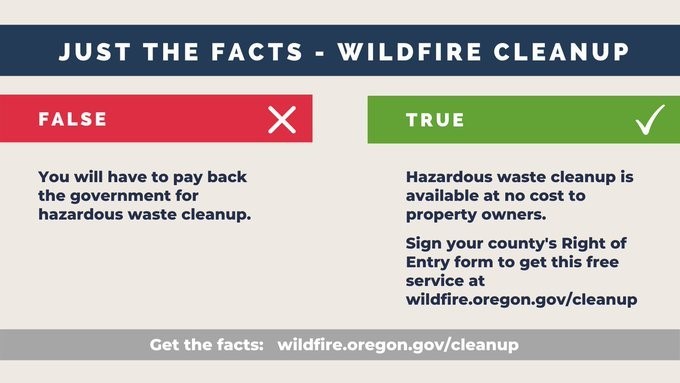
The past couple of weeks have been a challenging stretch for Oregon in our fight against the coronavirus. The OHA COVID-19 Weekly Report, which can be read in full here, shows more specific details of how we’re faring. Most notably, last week was our highest weekly total of reported cases to date and more Oregonians were hospitalized in a week since mid-July.
Here are some more details:
- From Monday, October 5, through Sunday, October 11, OHA recorded 2,418 new cases of COVID-19 infection – up 18% from last week’s tally of 2,055 and the highest weekly total reported in Oregon to date.
- The number of Oregonians newly tested rose 26%, to 28,490, and the percentage of tests that were positive rose slightly to 6.4%.
- There were 27 Oregonians reported to have died in association with COVID-19, compared to 25 last week.
- There were 147 Oregonians hospitalized, up from 119 in the previous week, and the highest weekly figure since mid-July.
- The age group with the highest incidence of reported infection continues to be 20–29-year-olds, who account for 13% of Oregon’s population but 22% of reported cases.
- Of the 37,467 reported cases, 28,444 (75.9%) reported having signs and symptoms of COVID-19. The most commonly reported symptoms are cough and headache.
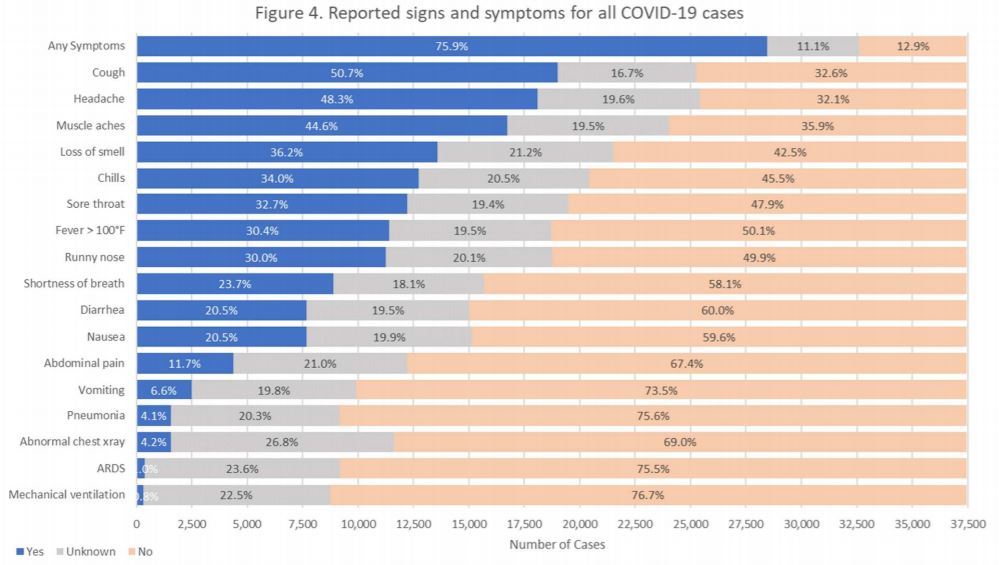
While most of us have adjusted to the new normal of wearing masks or face coverings when we leave our homes, the changing weather might make this more challenging in the coming months. Regardless of the weather, it’s important to continue this critical part of slowing the spread of infection.
But, hey, we live in Oregon, and that means rain.
If your mask or face covering gets wet, it may decrease its effectiveness and make it difficult to breathe. The OHA put together information to encourage us to think ahead and be prepared. I’m not sure I can carry an umbrella, so a hood or brimmed hat will probably be my option.

We’re also just over two weeks away from Halloween. Like most events this year, we’ll all have to celebrate a bit differently. I know it will be important to kids’ mental wellness (and to some adults) to be able to celebrate somehow, so plan ahead and be safe.
Please keep in mind that Halloween masks you may wear as part of a costume do not prevent virus transmission. If you dress up in a costume, be careful to plan a costume that allows you to wear a face covering that covers your nose and mouth.
The safest activities are celebrating with members of your own household. If you gather with people outside your own household, you can decrease the risk by being outside, maintaining at least six feet of distance, and wearing a mask.
Keep these risk factors in mind if you are planning to celebrate Halloween this year:

For the last two weeks, the Oregon Employment Department (OED) has been issuing Lost Wages Assistance (LWA) funds to qualifying Oregonians who were receiving PUA benefits or who self certified that they received unemployment benefits for COVID-19-related reasons.
These federal payments provide an additional $300 per week to people out of work due to COVID-19 and who receive unemployment benefits. LWA is not considered a public charge. That means anyone authorized to work in the U.S. may be eligible.
To request these benefits, you must:
- Have received unemployment benefits between July 26, 2020 through Sept. 5, 2020, and
- Self-certify that you were unemployed or partially unemployed due to COVID-19 between the weeks of July 26, 2020 through Sept. 5, 2020.
The department is encouraging everyone to self-certify, even if you are unsure about your eligibility. If you received a notice saying you need to self-certify for Lost Wages Assistance but already have done so, you do not need to do it again. You only self-certify once. These notices go to all Oregon claimants who have not yet self-certified. There’s a chance you may have self-certified in between the time the notice was sent and when you received it.
On Wednesday, OED director David Gerstenfeld said during his weekly news conference that some claimants hadn’t received all benefits they are owed and some who hadn’t self-certified yet still received benefits. OED is now reaching out to confirm the eligibility of everyone who has not self-certified and working with anyone who has been overpaid to recover those funds.
- Six weeks later, with helpful weather and a lot of hard work by firefighters, all wildfire evacuations have been lifted for Marion County, as The Oregonian reports here.
-
Business Insider has a nice story here about a volunteer group that has rescued 20,000 horses, pigs, llamas, and other farm animals during the wildfires.
- Western Oregon University has announced that nearly all classes during its winter term will continue to be offered online. Oregon Public Broadcasting has more details here.
- Salem-Keizer schools will stay all-online for most students through at least February 1st, as the Salem Reporter covers here.
-
The Oregonian reports here on the Oregon Health Authority announcement that 21 coronavirus cases were detected at schools offering in-person learning during the past week: 10 of them students and 11 school employees or volunteers.
- The Oregon Health Authority reported 418 new confirmed cases of coronavirus, bringing the statewide total of new and presumptive cases to 38,935. The OHA also reported six more deaths, meaning 617 Oregonians have died of the coronavirus. On Wednesday, Oregon recorded 390 cases and three deaths. On Thursday, Oregon recorded 374 cases and three more deaths. This brings the total number of cases in three days to 1,182. You can click the images below for links to interactive data tables about coronavirus in Oregon.
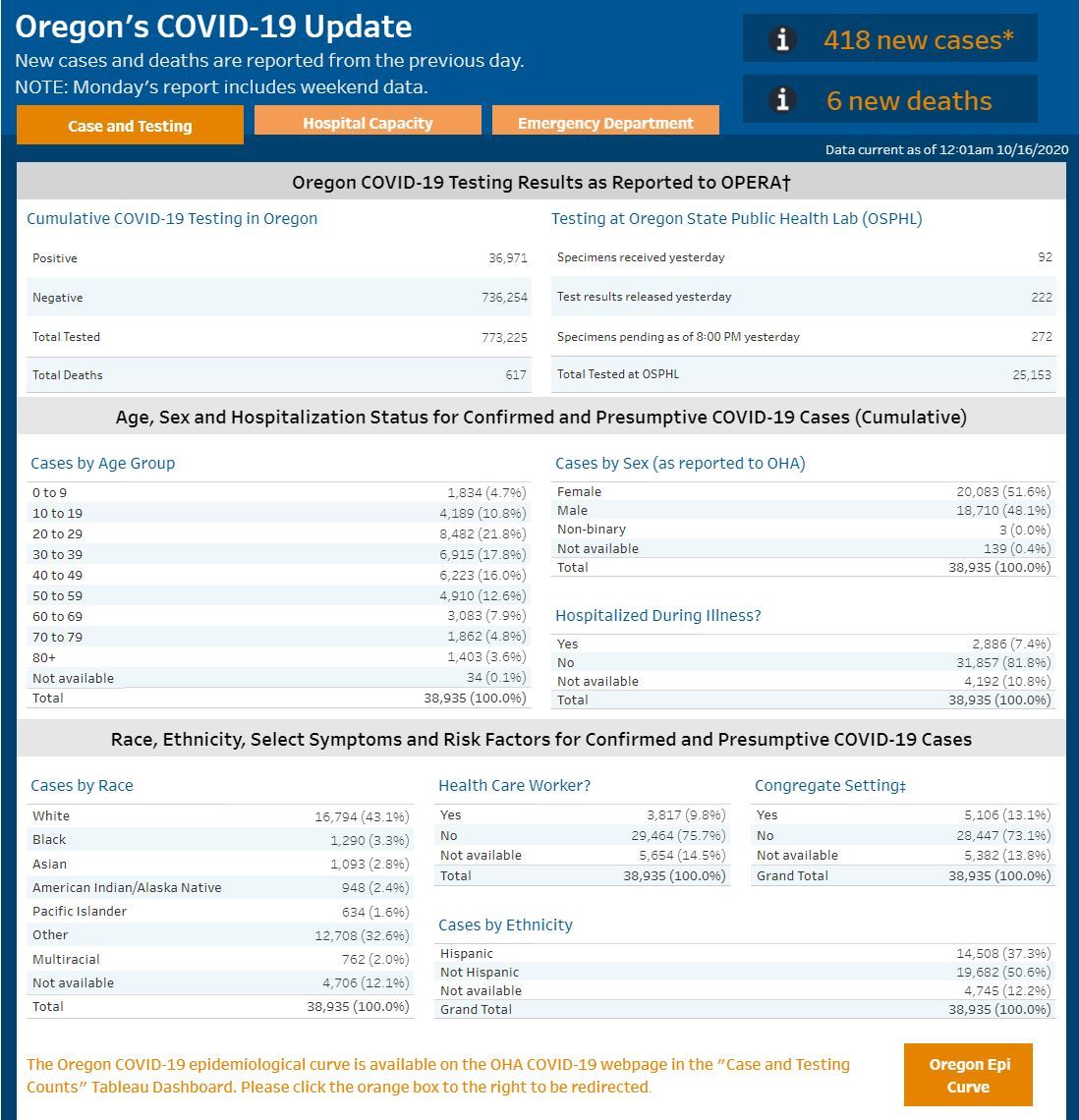
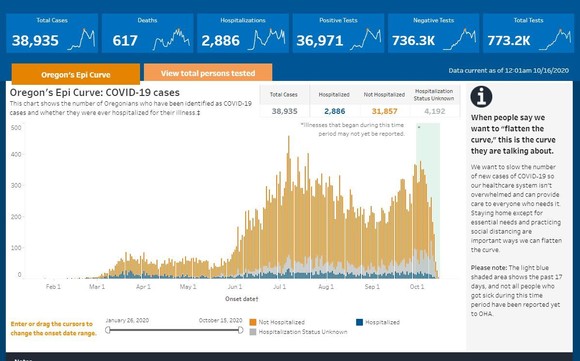
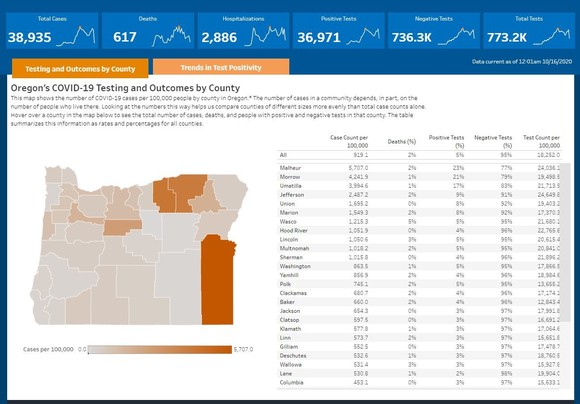
To read past newsletters, you can go to this link. For up to date information, please check this link to the Oregon Health Authority where regular updates are posted: https://www.oregon.gov/oha/ERD/Pages/News-Releases.aspx
Please email me at Rep.TinaKotek@oregonlegislature.gov if you have specific concerns that have not been addressed by the OHA. Our office will do all we can to help and protect all Oregonians.
Thank you for reading! We will get through this together.
Best,

Tina Kotek
State Representative
House District 44
Speaker of the House
email: Rep.TinaKotek@oregonlegislature.gov I phone: 503-986-1200
address: 900 Court St NE, H-269, Salem, OR 97301
website: http://www.oregonlegislature.gov/kotek
|